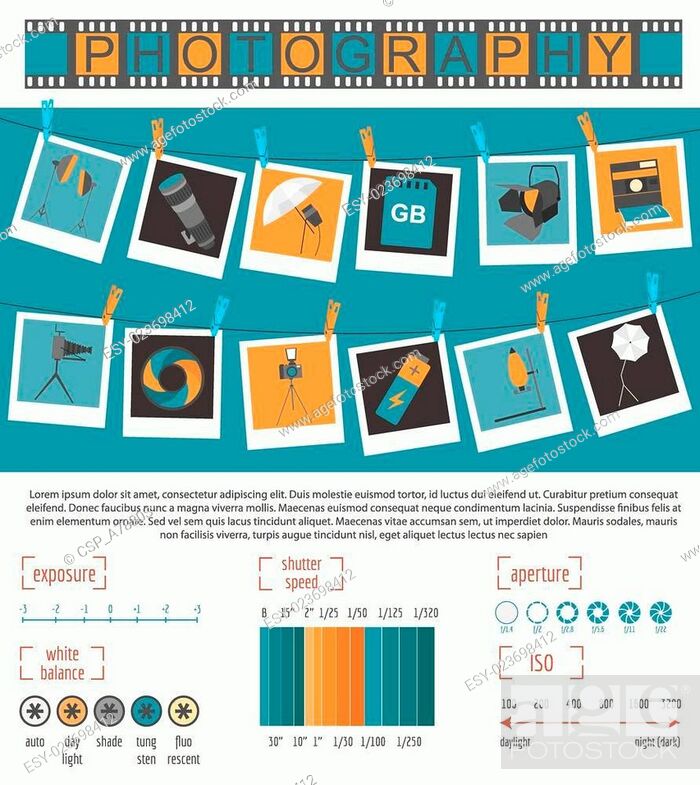Change Your Digital Photography By Mastering Lighting Methods That Can Raise Your Images-- Discover The Usual Challenges That Could Be Holding You Back
Change Your Digital Photography By Mastering Lighting Methods That Can Raise Your Images-- Discover The Usual Challenges That Could Be Holding You Back
Blog Article
Content Author-Beck Godwin
As a professional photographer, you recognize that lighting can make or damage your photos. Recognizing the nuances of both natural and man-made light is essential for catching the mood and quality you go for in your work. Whether you're chasing the excellent gold hour radiance or adjust your artificial configurations, grasping these components can raise your photography significantly. However there prevail challenges that several overlook, and acknowledging them can change your technique to every shoot. Let's explore what you may be missing and just how it can influence your outcomes.
Understanding All-natural Light
Understanding all-natural light is crucial for any digital photographer wanting to enhance their job. It's the foundation of fantastic photography, influencing mood, tone, and quality. When you shoot outdoors, take notice of the moment of day. The gold hour-- shortly after daybreak and before sundown-- provides soft, cozy light that can change ordinary scenes right into spectacular pictures.
Don't take too lightly the power of overcast days. Cloud cover diffuses sunshine, developing a soft, also light that's excellent for portraits and macro photography. You'll discover shades pop in this type of lights without severe shadows.
Placing matters, as well. Always consider your subject's orientation to the light. If the sun's behind your topic, you may end up with a shape, which can be remarkable however mightn't be what you want. Alternatively, straight sunlight can create uncomplimentary darkness.
Experiment with angles; often, changing your point of view can generate impressive results. Usage natural reflectors, like water or sand, to bounce light onto your topic, including measurement.
Learning Artificial Light
Understanding fabricated light is crucial for professional photographers who intend to take their skills to the next degree. Whether you're making use of speedlights, studio strobes, or constant lights, understanding exactly how to adjust these resources can drastically boost your pictures.
Begin by familiarizing on your own with the basics of light high quality, direction, and shade temperature. Try out different modifiers like softboxes, umbrellas, or grids to manage the softness or harshness of the light.
You'll discover that soft light often creates lovely outcomes, while harsher light can include drama and deepness. Don't avoid shadows; they can improve the three-dimensionality of your topics.
Pay close attention to the positioning of your lights. A light located too near to your subject can produce unflattering outcomes, while as well far away can bring about a lack of detail. Make use of a light meter or your electronic camera's histogram to ensure you're subjecting properly.
Lastly, remember that man-made light can be blended with ambient light for imaginative impacts. Stabilizing these sources could take practice, but once you understand it, your photography will really beam.
Techniques for Various Circumstances
When you enter different capturing situations, adjusting your lights strategies is critical for recording the best images. For outdoor pictures, make use of the golden hour-- early morning or late afternoon light-- to soften shadows and enhance complexion.
If it's a rough midday sun, consider using a reflector to bounce light back onto your topic or seek shaded locations for an extra even direct exposure.
In low-light circumstances, like indoor events, increase your ISO and use a large aperture to allow in even more light. A tripod can aid get rid of video camera shake, allowing for longer direct exposures without blurring.
If you're shooting at night, trying out off-camera flash to create dynamic lights and deepness in your images.
For product digital photography, use diffused illumination to avoid severe representations. Softboxes or light camping tents can assist accomplish this effect.
When photographing landscapes, take into consideration the direction of light and time of day, as it can substantially change the state of mind of your shot.
Always be https://squareblogs.net/corene61jaimie/exactly-how-to-discover-your-special-design-as-a-digital-photographer to adjust your setups and placing based upon the circumstance, as versatility is crucial to mastering lights in digital photography.
Verdict
Finally, understanding lighting is vital to elevating your digital photography skills. Accept all-natural light's charm during gold hour, and don't avoid explore fabricated light techniques. By adapting your strategy to various scenarios, you'll record spectacular photos that resonate with emotion and quality. Remember, please click the up coming website page can change a common shot into something amazing, so keep exercising and fine-tuning your understanding of both all-natural and fabricated light. Delighted shooting!
